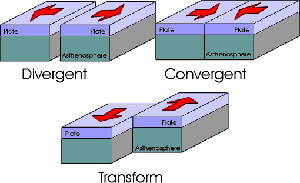1) Nuclear/Atomic Energy is stored in the nucleus of an atom and released when you split atoms.
2) Chemical energy is a form of potential energy that is stored in organisms, food, gasoline, or chemical bonds of molecules.
3) Electrical energy is produced by electrons moving through a wire; it's a natural and man-made energy form.
4) Mechanical energy is the energy in the motion of objects. All moving objects have mechanical energy.
5) Sound energy is produced when a solid, liquid, or gas vibrates. Sound energy travels out as waves in all directions.
6) Thermal energy is the energy of molecular movement. The faster the molecules move, the more thermal energy is present. Heat is the transfer of thermal energy. So when thermal energy moves from object to object, we feel it as heat.
7) Light (radiant) energy is a form of energy produced by the sun and lamps; it's visible to the human eye
Click on this link to get a summary of these energy types- SUMMARY NOTES- Energy and its Types
*Here are two links that discuss what Energy is and the forms of Energy:
EIA- Energy explained
EIA- U.S. Primary Energy Consumption
*If you want to read more about K.E. and P.E., read the information on this website. It also identifies different types of energy:
EbWin Kids Zone: Types of Energy











